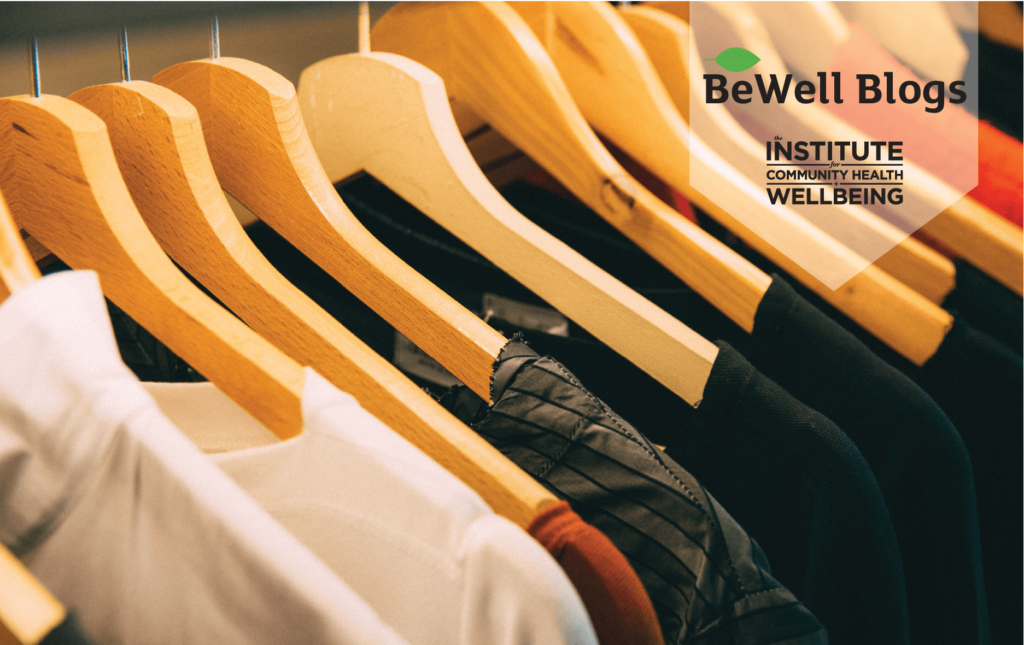
Image: Kai Pilger // pexels.com
By: Sarah Hofstedt, CSUN Public Health Intern
The fashion industry moves fast. We buy more clothes now than ever before, and we are constantly exposed to new styles through social media. The fashion industry is not exactly environmentally friendly, though, and in 2015, 10.5 million tons of textiles were dumped into landfills. So what can we do to help? While we can’t all take a trip to London to protest Fashion Week, we can shop a little more sustainably.
Shopping at thrift stores is a great way to stretch your budget and reduce your carbon footprint. Jeans at Goodwill typically cost about $8, and even less when they’re tagged for discount. Compared to H&M’s $40 average or designer brands like Burberry’s $400+ prices, that’s a pretty good price, especially for wardrobe basics like jeans. If you have kids who are growing fast, it’s cost effective to buy a $7 pair of jeans rather than a $20 pair. For those who love variety in their wardrobe, thrifting is a great way to fill out that closet without breaking the bank. You’re way less likely to run into someone wearing the same outfit as you, too, because you’re piecing together your looks on your own; there’s no corporate visual directive for mannequin outfits at thrift stores. This is the difference in cost for a “basic” outfit from popular retailers vs. thrift stores:
| White T-shirt | Jeans | Sneakers | Coat | Sunglasses | |
| H&M Price | $5.99 | $29.99 | $24.99 | $69.99 | $9.99 |
| Goodwill Price | $4.99 | $7.99 | $7.99 | $8.99 | $4.99 |
- H & M total: $140.95
- Goodwill total: $34.45
At these prices, you could get four outfits from Goodwill for the price of one outfit at a popular mall store.
When you donate and shop at thrift stores, you are preventing clothes from going into landfills, and because many thrift stores are run by nonprofits (like Out of the Closet and Salvation Army), you are supporting your community. Producing new clothing uses a huge amount of energy, water, and chemical processing; sometimes clothing manufacturing is even the culprit for negative health outcomes for the people involved. By buying used clothing, you prevent just a little bit of waste and pollution, and are not directly supporting companies that utilize severely cheap labor.
